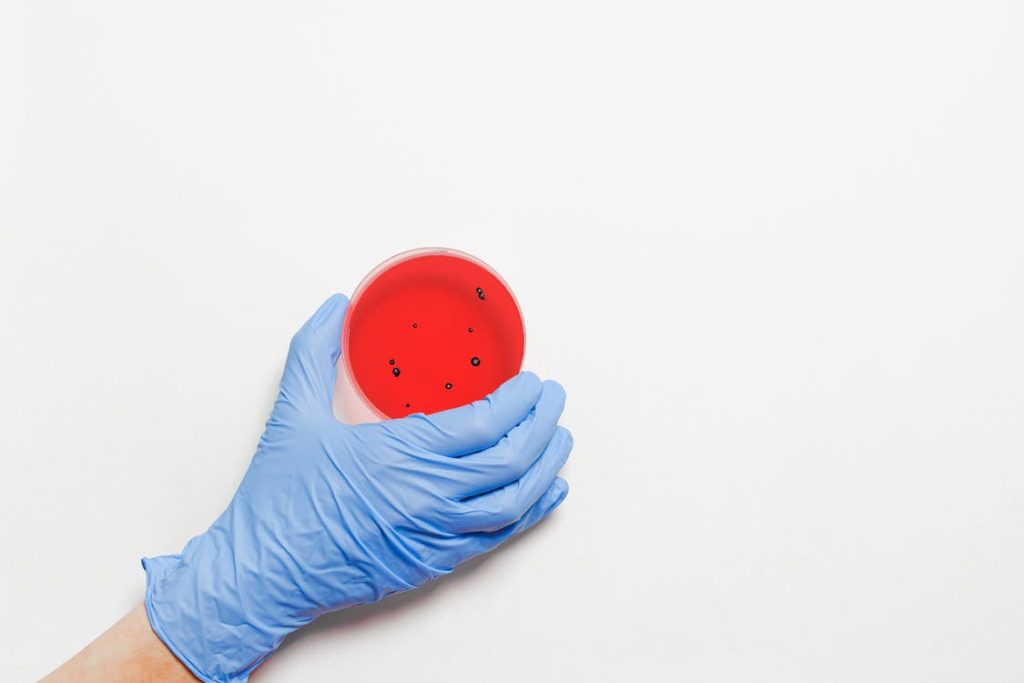A peer-reviewed study published in Thorax tonight shows that it’s far more likely to have COVID-19 and be asymptomatic than previously thought. The data shows that more than eight out of 10 cruise ship passengers who tested positive for COVID-19 had no symptoms.
One scientist on the study says the findings have big implications for “reopening,” or lifting lockdown restrictions. Namely, we should still be extremely cautious about going out or seeing other people.
Scientists believe this is “the first instance of complete COVID-19 testing of all passengers and crew on an isolated cruise ship during the current COVID-19 pandemic.”
Breaking down the study
The lab for this study was a cruise ship that happened to leave right as COVID-19 was declared a global pandemic. From mid-March to mid-April, the ship was a closed environment. Passengers and crew had no contact with the outside world.
The researchers on the study weren’t flown in. Rather, they watched everything happen first-hand. Two Australian doctors, Alvin J. Ing and Christine Cocks, were passengers on the cruise ship. Jeffery Peter Green was the cruise ship doctor.
The timeline
In mid-March, an expedition cruise ship left Ushuaia, Argentina. The plan was to spend 21 days around the Antarctic Peninsula and Elephant Island. Cruise staff screened all passengers for COVID-19 symptoms before they could board the cruise ship. No one who’d traveled through China, Macau Hong Kong, Taiwan, Japan, South Korea, or Iran was allowed to board the ship. At the time, those countries had the highest infection rates.
On day three of the cruise, border controls and travel restrictions hit, so cruise organizers decided to shorten the cruise. But for seven days, all was well. The passengers and crew had regular body temperature scans, and hand sanitizer stations were placed around the ship and made available to everyone.
Then, on day eight, the first fever hit. Everyone on the ship was immediately quarantined, organizers distributed masks, and meals were delivered to passengers’ rooms. The outbreak had begun.
Testing and re-testing
By day 14, the ship had arrived in Montevideo, Uruguay. Six passengers and crew had fevers, and they were tested (VivaDiag qSARS-CoV-2 IgM/IgG) for COVID-19 antibodies. They all came back negative.
But Uruguay wouldn’t let the ship dock in Montevideo until everyone on board had been tested. On day 20, the Uruguayan Ministry of Health got tests to every passenger and crew. This time, they used the CDC 2019-nCoV Real-Time RT-PCR Diagnostic Panel.
This time, of the 217 passengers and crew on the ship, 128 tested positive for COVID-19. That’s 59% of the ship’s population.
Here’s how the positive cases were distributed:
- Only 16 of 128 patients (12.5%) had mild symptoms or fever.
- Eight more patients (6.2% of total) had to be medically evacuated.
- Four of those patients (3.1% of total) had to be intubated and put on ventilators.
- One of those patients (0.8% of total) died.
- In 10 cases where passengers shared a cabin, one person got a positive result and The other got a negative result.
In total 24 of the COVID-19 patients on the cruise ship had symptoms. That means 81% of those who tested positive for COVID-19 had ‘silent’ infections, or were asymptomatic.
A tale of two tests
You’ll notice that the results were different for the two tests used on the cruise ship. The first test was the VivaDiag qSARS-CoV-2 IgM/IgG. That’s an antibody test approved for use in Australia in late March. Tests like it got Emergency Use Authorization from the FDA in early April.
The second test was the CDC 2019-nCoV Real-Time RT-PCR Diagnostic Panel. That test got Emergency Use Authorization from the FDA in early February. It’s not an antibody test, so it can’t tell if a patient has had active coronavirus infection in the past. The RT-PCR test is a nasal or oral swab that looks for active coronavirus currently in a patient’s respiratory system.
Some patients in the study tested negative for the antibody test but positive for the RT-PCR test, which indicates that the antibody test is unreliable. Earlier today, the CDC acknowledged that more than half of positive antibody tests could be incorrect.
The takeaway: double down on preventative measures
From our perspective, the study is groundbreaking for a few reasons. First of all, it gives us our first insight into a closed system where people were infected with COVID-19 and then isolated.
The study also shows just how unreliable our current testing for COVID-19 can be. We at The Prepared reached out to Alvin J. Ing to comment on this finding. Dr. Ing said via email:
Done properly with appropriate swabbing, the RT-PCR is accurate, but false negatives may occur due to the timing of the tests. That is [COVID-19] infected patients may test negative if the test is done before viral shedding occurs (early in the incubation period) or after viral shedding occurs (after the illness is over). We generally use symptoms to justify testing, but as the paper shows, the majority of passengers who were COVID positive were asymptomatic while on the boat. So in that sense, testing (RT-PCR) may be unreliable.
But most importantly, it suggests that unless we isolate every person immediately and then test them all using RT-PCR tests, we won’t know the full extent of SARS-COV-2 infection.
The doctors on the cruise ship drew the following five conclusions:
- Silent infection means COVID-19 prevalence is probably still “significantly underestimated.”
- Rapid Ab testing for antibodies could be unreliable.
- Most (81%) of the COVID-19 patients had ‘silent’ infections.
- Since people who shared cabins had different results from the RT-PCR test, it’s possible that those tests have a high false-negative rate. (The doctors are currently doing more tests to confirm.)
- Some passengers tested positive on day 24, after the ‘incubation period’ had passed. So there could have been cross contamination even after passengers were isolated to their cabins.
In the United States, at least, it doesn’t seem like we’re going to have tests for every citizen anytime soon. And we’re definitely not going to remain on lockdown. As of this writing, all 50 states are reopening in some way.
More: GPS data gives the US an F in social distancing. See how your area scores
If the cruise ship study is any indication, our current case count of over 1.6 million is probably very low. That means it’s up to individuals to protect themselves from exposure to the silently infected. If you want to protect yourself, we have some recommendations on how to do that.
See more of our coverage on how to protect yourself:
- Use the reopening to prepare for what’s next with COVID-19
- How to safely put on and remove personal protective equipment like masks & gloves
- Force of Nature’s cleaning system: a safe COVID-19 alternative to Clorox wipes
- Novel coronavirus (COVID-19)
- New study: you can use an old prom dress to make a mask that works like an N95

